How to Choose the Best Audio System Microphone



Selecting the right audio system microphone is crucial for achieving clear, accurate sound capture in various settings such as conference rooms, home theaters, or professional recording environments. The right microphone ensures that your voice or the voices of multiple speakers are picked up clearly while minimizing unwanted noise or distortion.
Here’s a detailed guide on how to choose the best microphone for your specific audio system setup.
The first step is to determine the specific environment where the microphone will be used. Different microphones serve various purposes, so it’s essential to understand your needs:
Conference Rooms: For large or medium-sized conference rooms, microphones should have good far-field pickup to capture sounds from a distance and clear noise-canceling features to avoid background disturbances. Beamforming microphones or ceiling microphones are excellent choices for these settings.
Small Spaces (Huddle Rooms, Home Offices): In smaller spaces, you need a microphone that can pick up sound from a single direction or a smaller radius. Omnidirectional microphones or unidirectional microphones would work well in these cases.
Recording Studios or Home Theaters: If you're setting up a recording studio or home theater, high-quality microphones with minimal distortion and excellent clarity are required. Lavalier microphones or shotgun microphones may be ideal depending on the recording environment.
One of the most important aspects to consider when choosing an audio system microphone is whether you need omnidirectional or unidirectional capabilities.
Omnidirectional Microphones: These microphones capture sound from all directions, making them ideal for spaces where multiple people may speak simultaneously or where the sound source is moving around. They work well in environments such as conference rooms and open spaces.
Unidirectional Microphones: These microphones focus on capturing sound from a specific direction. They are best suited for situations where you want to eliminate background noise and focus on one sound source (such as a single speaker). Unidirectional microphones are great for presentations or interviews.
For larger spaces or noisy environments, beamforming microphones are highly recommended. Beamforming technology uses an array of microphones to focus on a specific sound source while canceling out background noise. These microphones adapt to the speaker's location, ensuring optimal sound quality.
If you’re setting up a large conference room, a beamforming ceiling microphone would be a great choice to ensure clear communication across the room without the need for multiple microphones.
When choosing a microphone, ensure that it has noise cancellation and echo cancellation features, especially for noisy environments.
Noise Cancellation: Reduces unwanted background sounds, such as air conditioning or chatter, making communication clearer.
Echo Cancellation: Eliminates echoes caused by sound bouncing off walls and surfaces, ensuring a more natural and intelligible conversation.
If your microphone needs to pick up sound from a distance (for example, in larger conference rooms or lecture halls), look for a microphone with far-field pickup capabilities. These microphones are designed to pick up sound from several feet away, so the speaker doesn't need to be right next to the mic.
Consider the connectivity options that will work best with your audio system setup. Some microphones connect through traditional wired connections (XLR or 3.5mm), while others offer wireless options such as Bluetooth or Wi-Fi. USB microphones are also common for conference room setups, particularly those integrated with video conferencing systems like Zoom or Microsoft Teams.
Make sure the microphone you choose is compatible with your audio system or video conferencing solution. Yealink, for example, offers a range of audio solutions, including microphones like the CM50 Premium Dante Beamforming Ceiling Microphone and the CP50 Video Conference Omnidirectional Microphone, which are designed to seamlessly integrate with other Yealink conferencing systems.
Consider the physical size and placement options of the microphone. Some microphones, like lavalier microphones, are small and portable, designed for hands-free use. Other microphones, like ceiling-mounted or wall-mounted microphones, offer more permanent and discreet installations, ideal for conference rooms and auditoriums.
| Feature | Importance |
|---|---|
| Noise Cancellation | Minimizes background interference for clear communication |
| Echo Cancellation | Ensures natural sound without distortions from reflections |
| Far-Field Pickup | Allows microphone to capture sound from a distance |
| Beamforming | Focuses on the speaker while rejecting background noise |
| Connectivity (USB/Bluetooth/Wired) | Flexibility for integration with various systems |
Choosing the best microphone for your audio system depends largely on the environment, the number of users, and the type of system you're integrating it with. Whether you’re setting up a conference room, home theater, or recording studio, selecting the right microphone with the proper features—such as noise cancellation, echo cancellation, and beamforming technology—will ensure optimal sound quality. Consider options like Yealink’s CM50, CP50 to enhance your audio system’s performance.
By assessing your space, the specific needs of your setup, and integrating the best available microphone technology, you can ensure crystal-clear audio that enhances the overall experience.
Tips:This article is for reference only. Please visit the Yealink product details page to learn more about products and application scenarios, or contact us for further assistance.
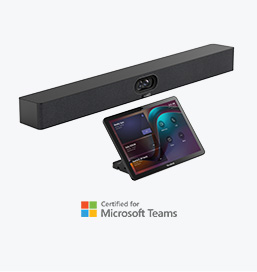
Discover Yealink Teams Rooms Devices for seamless Microsoft Teams collaboration with premium audio and video solutions.
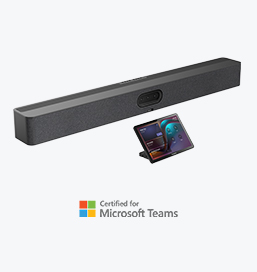
Big Impact for Bigger Spaces - All-in-one video bar for medium to large rooms

Discover the all-in-one video conferencing device with an interactive whiteboard, designed for seamless collaboration in Microsoft Teams Rooms.
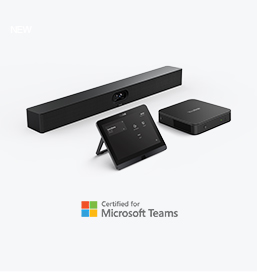
Discover high-performance, cost-effective video conferencing systems tailored for small to medium-sized rooms, ensuring seamless communication and collaboration.
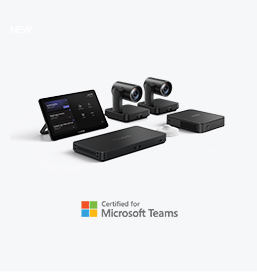
Video Conferencing System For Pro-AV Rooms.
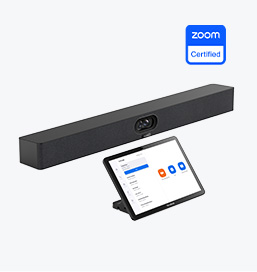
Explore Yealink’s Zoom Rooms devices for seamless, high-quality video conferencing solutions.
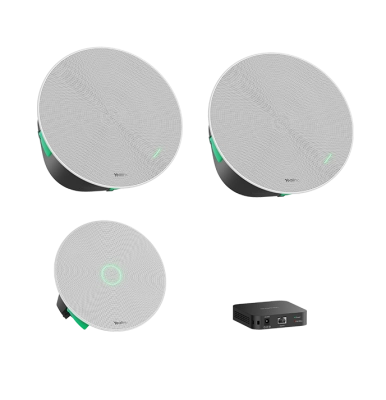
Yealink's room audio devices, offering crystal-clear sound for an immersive video conferencing experience.
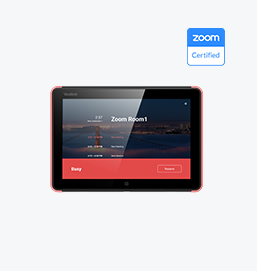
Intelligent Solutions for Smarter, More Efficient Meeting Spaces.

Experience the all-in-one video bar designed for premium small to medium rooms, optimized for Microsoft Teams Rooms on Android.
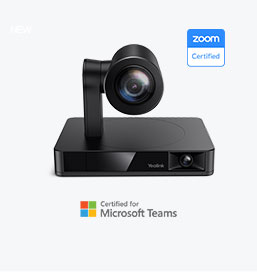
Simple and flexible video conferencing camera solutions for any workspace or meeting setup.

Empowering Businesses with Yealink Video Device Solutions for Microsoft Teams.

From huddle spaces to extra-large meeting rooms, enjoy seamless audio and video powered by AI,easy-to-manage package.

Professional Meetings Made Easy with MeetingBar Series,All Rooms Plug-and-Play.
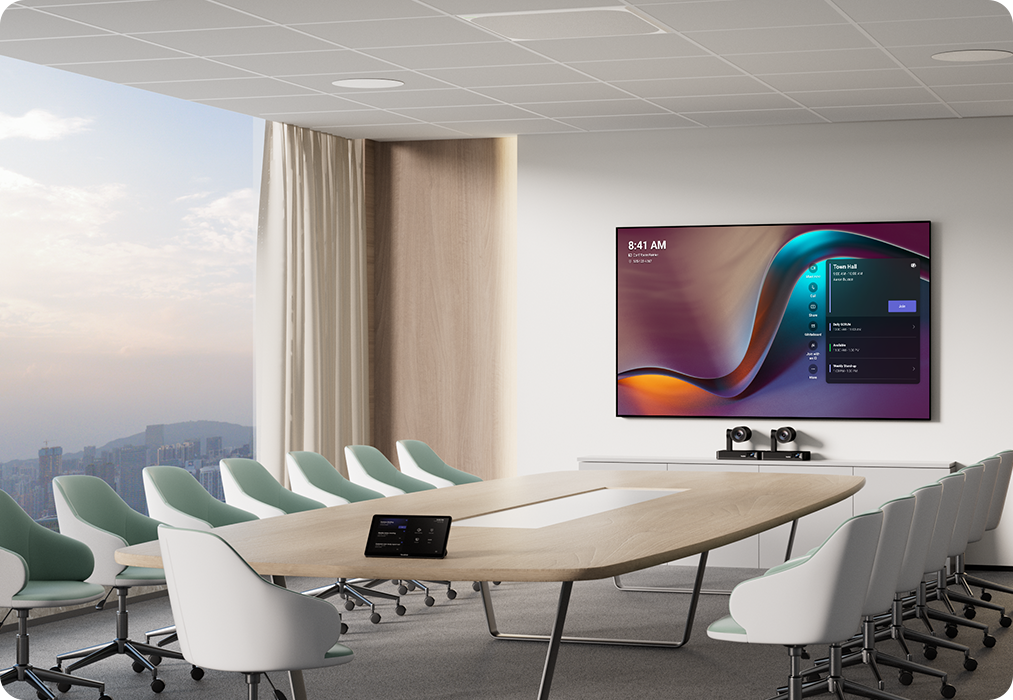
Yealink Next-Gen Hybrid Meeting Style - Any Space, Any Discussion.
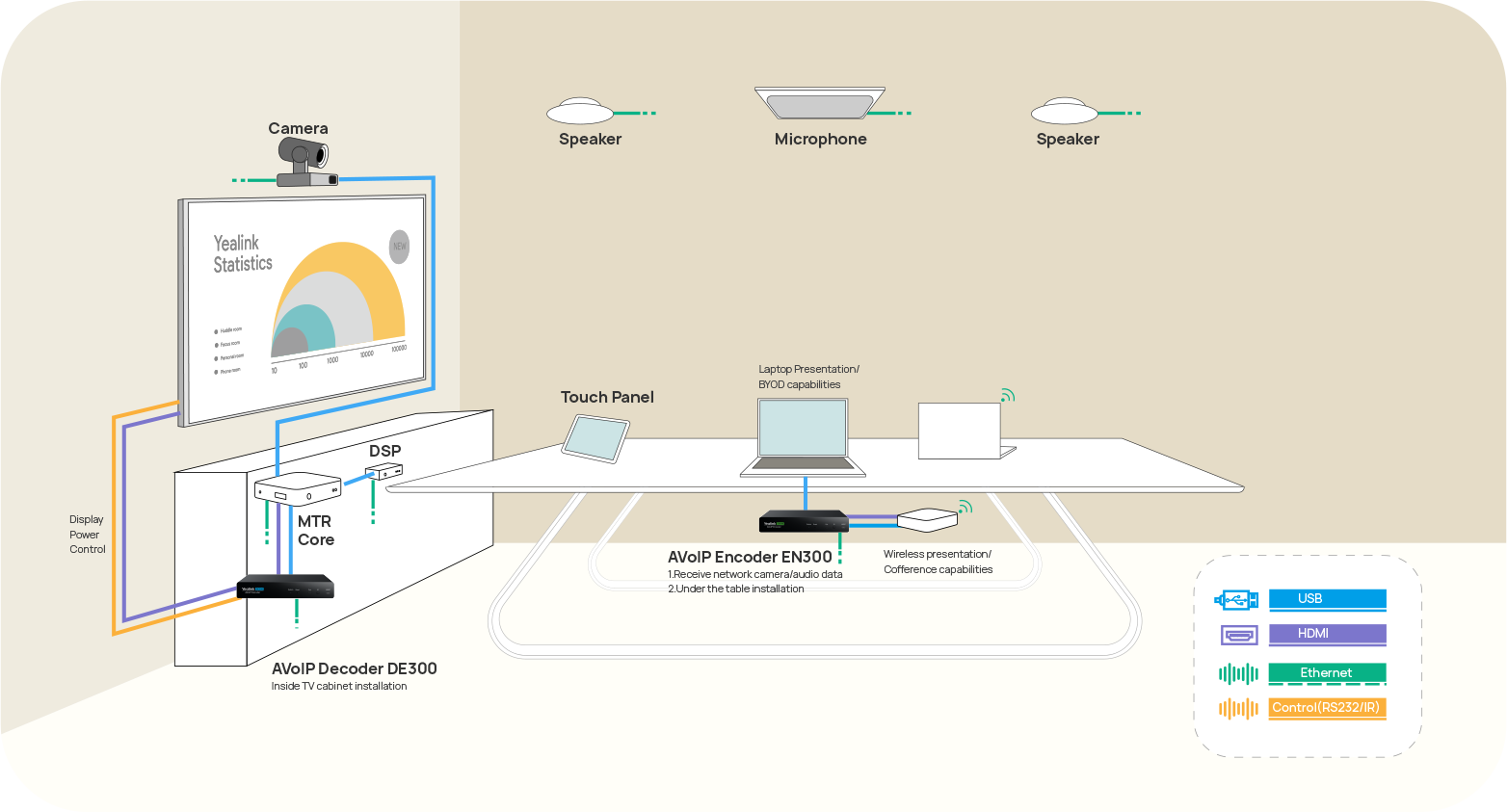
Building an AV system shouldn’t feel like solving a puzzle — but for many, it still does. Microphones, DSPs, cameras, control panels — often from different vendors..

Yealink Video Solutions for Zoom Rooms cover every scenario you need for video meetings, such as small, medium, and large meeting rooms.

Discover SKYSOUND audio solutions for unparalleled sound clarity in your conference room. Enhance your meetings with advanced audio technology designed for medium-sized spaces.
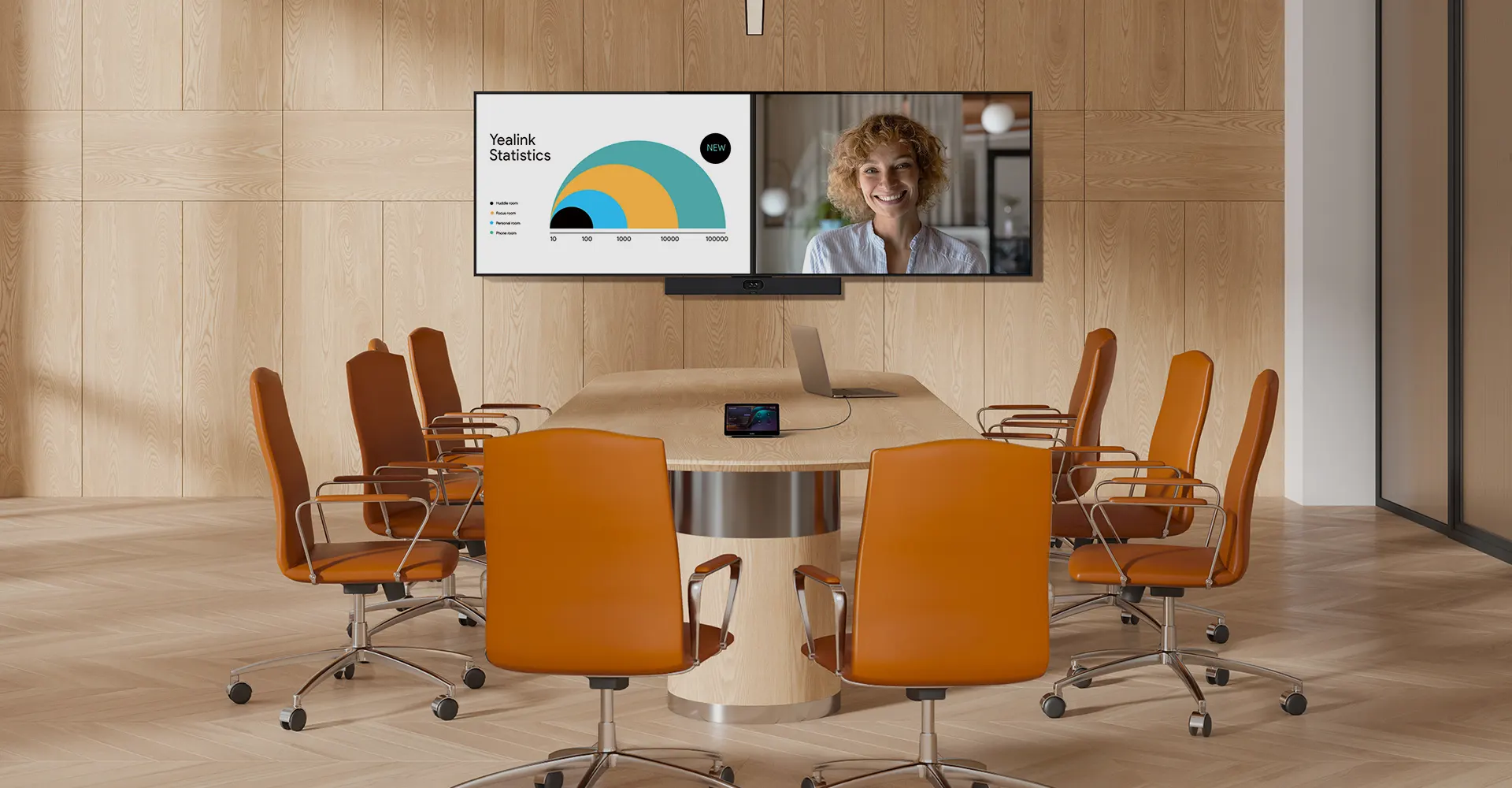
Discover SKYSOUND audio solutions for unparalleled sound clarity in your conference room. Enhance your meetings with advanced audio technology designed for medium-sized spaces.
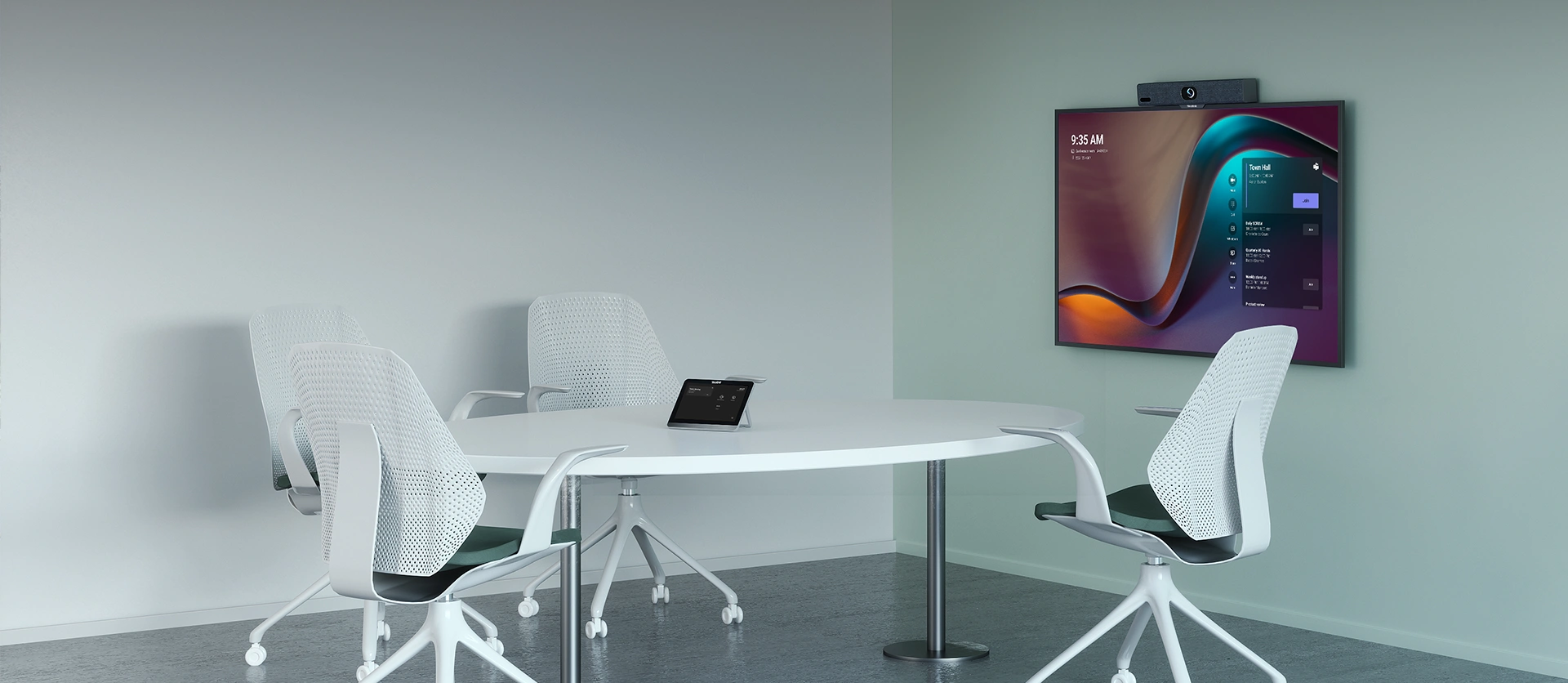
Explore Yealink’s customized conferencing solutions for small meeting spaces. Discover the ideal setup to enhance efficiency and collaboration.
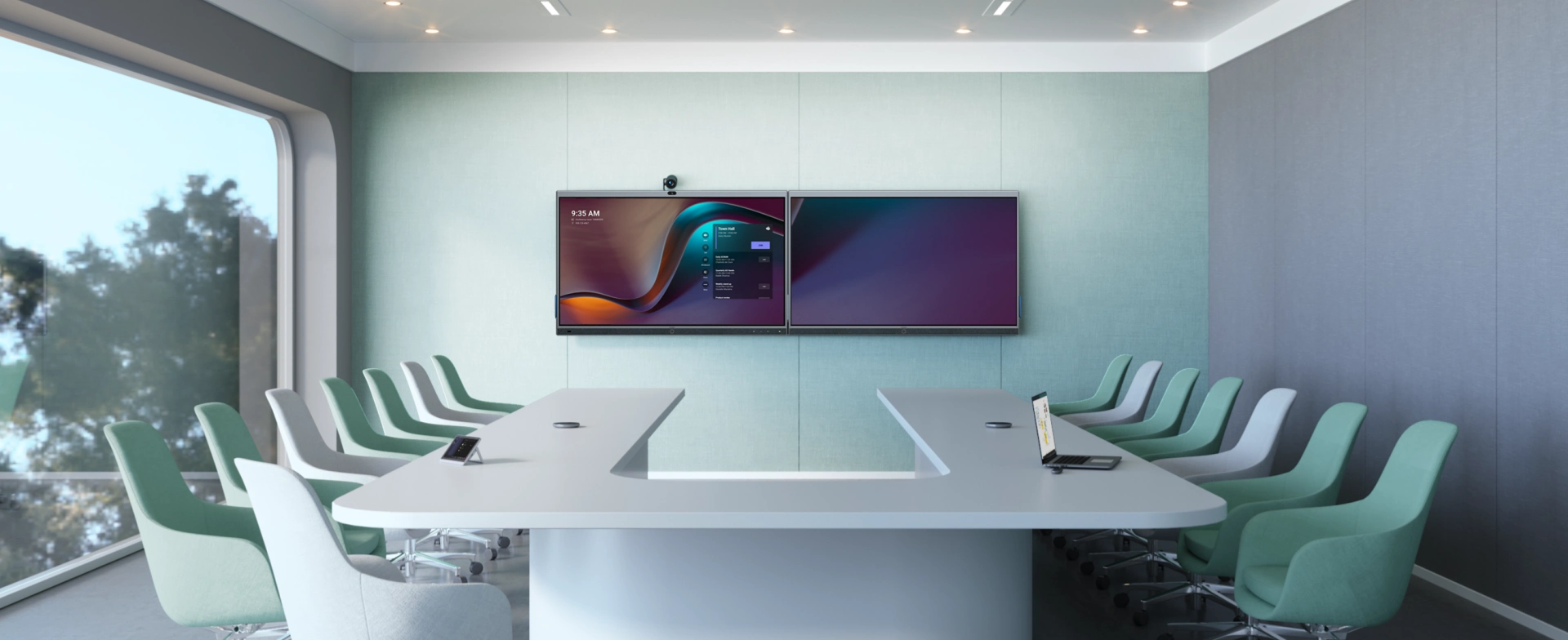
Explore Yealink’s customized conferencing solutions for large meeting spaces. Discover the ideal setup to enhance efficiency and collaboration.
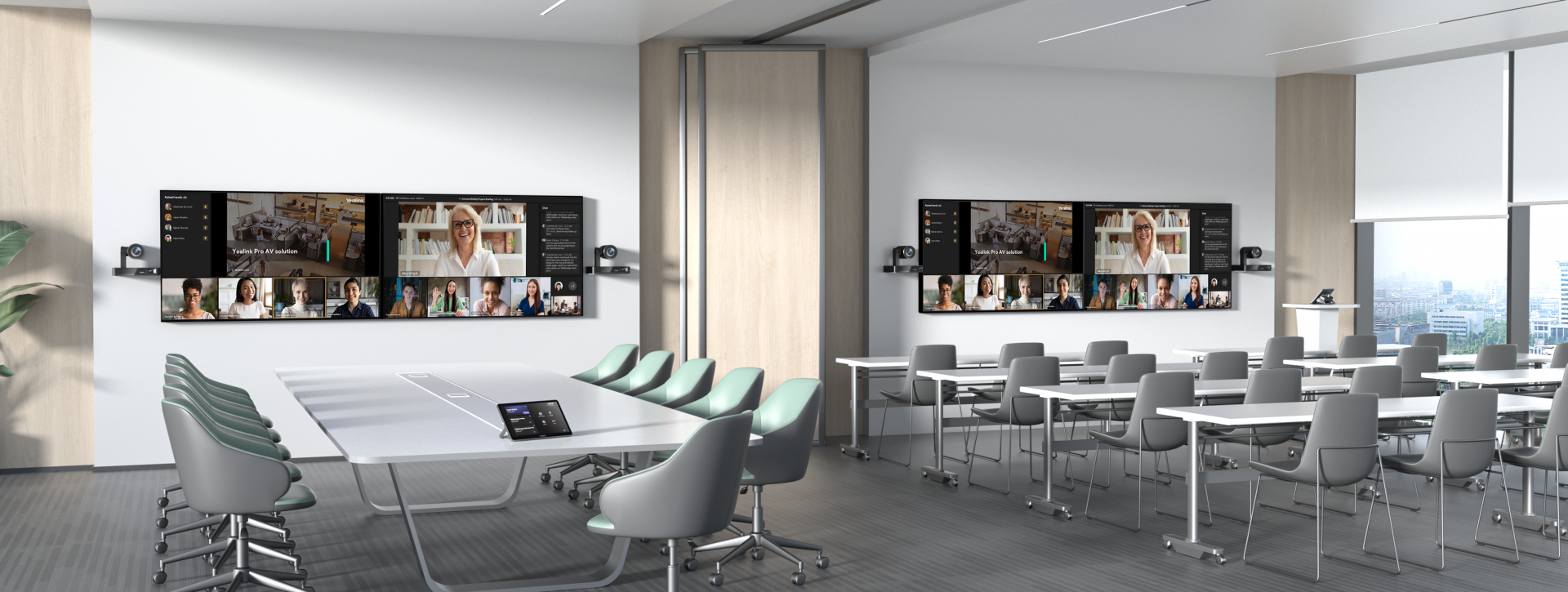
Explore Yealink’s customized conferencing solutions for extra-large meeting spaces. Discover the ideal setup to enhance efficiency and collaboration.

Professional Video Conferencing, Crystal-Clear Audio, AI-Powered Noise Cancellation, and Seamless Integration with Zoom & Microsoft Teams.

Yealink Conference Room Solution for Microsoft - Bringing Microsoft Teams Experience to Every Space

Let’s explore the importance of conference room speakers, their features, and how to choose the right solution for your needs.

This guide explores the best AV solutions for different room sizes, helping you find the perfect setup for your workspace.

Whether you need a compact solution for small focus rooms or a powerful system for medium to large conference rooms, Yealink has the perfect MeetingBar for your needs.

This guide explores key components of Conference Room AV Solutions and how Yealink’s industry-leading products can meet diverse meeting needs.

Whether you’re hosting a high-stakes client presentation or a quick internal brainstorm, the right meeting room can elevate productivity, build stronger connections, and ensure every voice is heard.

Whether you’re hosting a C-suite board meeting, engaging with global stakeholders, or presenting high-stakes strategies, a luxury conference room leaves a lasting impression.

Whether you’re hosting a C-suite board meeting, engaging with global stakeholders, or presenting high-stakes strategies, a luxury conference room leaves a lasting impression.

These devices offer an all-around view of the room, ideal for inclusive discussions, interactive training, and seamless remote communication—especially in roundtable, U-shape, or multi-participant setups.

When choosing a good digital whiteboard, evaluate factors such as screen size, touch technology, software integration, connectivity options, and overall durability.

An ultimate guide for the enterprise to choose the right conference camera and elevate the meeting experience in the hybrid working era.

Selecting the best video conference camera involves evaluating several key aspects to ensure high-quality, seamless meetings. Here are ten essential factors to consider.

A conference meeting room is a designated space in offices, institutions, or commercial environments designed to facilitate collaboration, discussions, and decision-making processes.

A conference speakerphone is a specialized communication device designed for use in conference rooms or meeting spaces, allowing multiple participants to join a call or video conference without being limited by proximity to a traditional phone or microphone.

Small meeting room is a compact, enclosed space designed to accommodate a limited number of participants, typically between 2 to 6 people. These rooms are often referred to as huddle rooms or focus rooms, providing a private and quiet setting for quick team discussions, brainstorming sessions, or virtual meetings.

Teams Copilot is a feature designed to enhance collaboration and productivity within Microsoft Teams. Here’s a summary of what Team Copilot typically involves:
All-In-One Video Conferencing Device
Easy to install and quickly deploy, it ensures seamless connectivity and integration, delivering exceptional value for efficient remote meetings.
Video Conferencing Bundled device Covering from Huddle to Medium Conference Room
Video Conferencing Bundled device Covering from Medium to Extra-Large Conference Room
How Can We Help You?
Not sure how it fits into your environment? Our AV specialists are here to help.
👉 Get deployment advice for your conference room and system.
👉 Need a quote? Request a custom pricing.
Please fill in and submit the information below and our representative will contact you soon.







